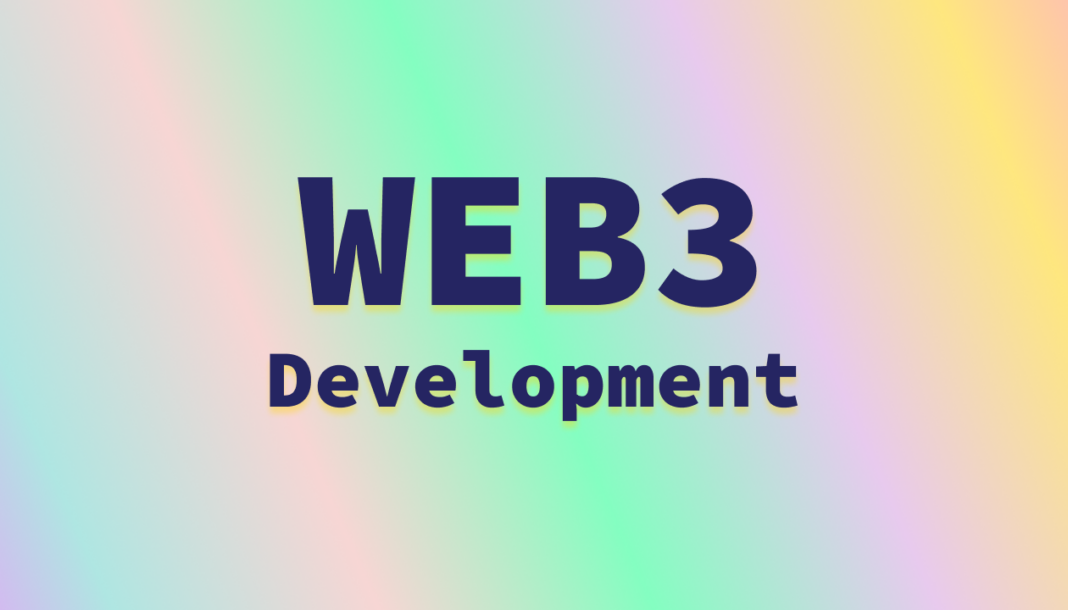The New Pinnacle of Web3 Development
Decentralized applications (dApps) lead the web3 revolution, reshaping the internet with openness and user-centricity. Amid web3 challenges, design flexibility stands as a less-explored hurdle for developers.
Table of Contents
The Present Landscape of DApp Development
In the contemporary landscape of conventional software, developers wield a rich array of tools and libraries to craft user-friendly applications. Today’s web2 developers enjoy abundant options, granting them considerable flexibility in design.
Contrastingly, within web3, technological constraints often restrict developers. This limitation is especially pronounced for applications built on Ethereum and executed in the Ethereum Virtual Machine (EVM). Each smart contract interaction (i.e., every transaction) navigates the EVM, influencing the network’s state with associated gas costs. As transactions become more intricate, the incurred costs escalate. Ethereum’s finite blockspace further complicates matters, leading to heightened competition during periods of elevated network demand.
In times of increased demand, competition surges, and web3 users, along with dApps, engage in bidding wars to expedite their transactions, necessitating high fees.
This dynamic transcends mere cost implications; it fundamentally shapes dApp design. Developers often prioritize gas optimization over software functionality, resulting in a development landscape where innovation is curtailed, and design choices prioritize overcoming infrastructure limitations rather than enhancing user experience.
Contemporary Layer 2 (L2) Gas Solutions
Gas costs and scalability stand as pivotal factors for web3 success, and numerous layer 2 projects are actively pursuing solutions. By conducting transactions off-chain, L2s aim to diminish competition for blockspace. Despite alleviating some pressures of gas wars, these networks don’t fully tackle the fundamental issue: design flexibility.
Even with L2 solutions, dApps remain bound by the EVM’s limitations. The competitive bidding dynamics related to gas and blockspace persist within shared EVM spaces, a characteristic of many existing L2s. While today’s L2 rollup solutions may alleviate some of these pressures, developers still grapple with design compromises.
Quest for an Enhanced Development Environment
The quest for increased design freedom has prompted projects to explore substitutes for the EVM, like EVM+ and WASM. These alternatives empower developers to script smart contracts in more conventional programming languages such as Rust and Python.
However, EVM alternatives face limitations in supporting an operating system due to the computational constraints of shared environments in current L2s. This implies that, despite the “developer-friendly” nature of these EVM alternatives, dApp developers cannot fully tap into most open-source libraries. Devoid of these resources, even fundamental developer tasks persist as cumbersome and inefficient.
Discovering the Optimal Route to Design Versatility
Achieving the apex of design flexibility necessitates the convergence of various innovations. Firstly, resolving the competition for blockspace and gas costs is crucial, enabling developers to prioritize crafting the perfect dApp for users over optimizing for gas. Transitioning from a shared environment to an app-specific one raises the question: “What possibilities emerge with these substantial computing power gains?”
In this context, developers gain the capacity to build with complete implementations of familiar programming languages, moving beyond limited versions or web3-native languages. These languages should be complemented by extensive open-source libraries that harness the collective intelligence of the global developer community.
These intersections demand a fundamentally novel approach to attain design flexibility, recognizing it as more than a mere feature but a necessity for web3 applications to transcend curiosity and effect scalable changes in online operations. The responsibility falls on the broader community to persist in innovation, constructing the envisioned web3 future collectively.
Felipe Argento serves as an advisor at the Cartesi Foundation, focusing on Layer 2 research and application. Since 2018, he has played a pivotal role in the Cartesi project, leading a team of blockchain engineers and contributing significantly to the architecture, design, and on-chain implementation of Cartesi Rollups. Prior to his involvement with Cartesi, Felipe worked as a software engineer specializing in blockchain applications for clean energy, carbon credit, and energy futures, collaborating with Brazilian energy companies. He is proficient in both Portuguese and English.
Brandon J. Isaacson, a lawyer and board member at the Cartesi Foundation, joined the project after his tenure as an associate at Latham & Watkins, specializing in securities and regulatory matters. With a decade of experience, Brandon has represented clients in regulatory investigations, enforcement proceedings, and securities and ICO litigations. He has also provided regulatory advice to startups launching disruptive emerging technologies through his own law practice.
Cartesi, an app-specific rollup protocol with a virtual machine running Linux distributions, enhances the design space for DApp developers. Cartesi Rollups present a modular scaling solution, deployable as L2, L3, or sovereign rollups, while upholding strong base layer security guarantees. For further information about Cartesi, visit https://cartesi.io/.


